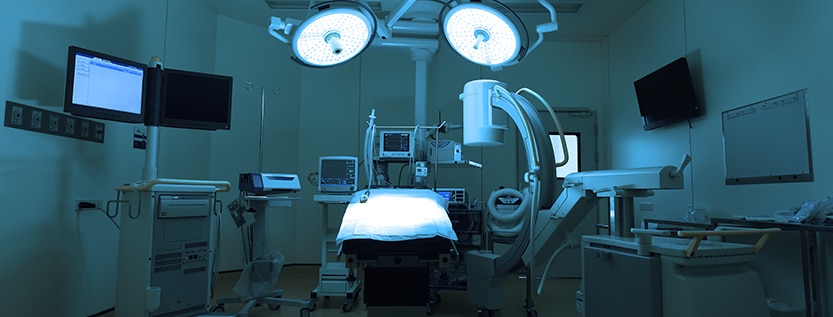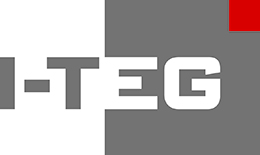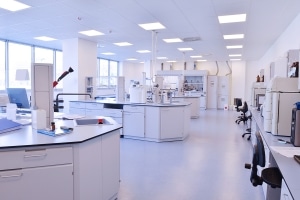
Medical and Laboratory Technology
Planning of medical Systems
The more specific the tasks that a building has to fulfil, the higher the demands on the technical building equipment. In hospitals, clinics, laboratories and research facilities, the appropriate medical and laboratory technology is essential to ensure that the corresponding buildings or rooms fulfil the tasks for which they are intended.
What is medical and laboratory technology?
Misunderstandings often arise with this question. Laypersons confuse the terms technology and equipment. The term laboratory equipment or medical equipment refers to all mobile systems and facilities, for example furniture, retrofitted test chambers, X-ray equipment, CT scanners and other equipment. The TGA engineer, on the other hand, interprets the term medical and laboratory technology differently.
By this the TGA engineer usually means all equipment, facilities and systems that are permanently installed in or on the building. Typical examples of medical and laboratory technology in the sense of technical building equipment are:
- Clean rooms in which the air is dust-free
- Air conditionings
- Air purification systems, with which the air is made sterile
- Extraction systems for gases and aggressive vapours
- Lighting systems for operating rooms or laboratories
TGA – more than just technical equipment
The engineer for technical building services does not only provide the technology for laboratories and hospitals, but must also create the conditions for its optimal use. Certain medical devices or apparatus used in research are so large and heavy that special structural conditions have to be created first.
In extreme cases, this may involve that first the device is installed and then the building is built around it. If, for example, the facility is working with radioactive sources, special shielding may be required, at least of some areas. During the planning stage, the TGA engineer must also take into account that certain rooms in hospitals, including operating rooms, have to meet special requirements in fire protection and other areas.
In the case of laboratories, it may be necessary to take into account the potential hazards (explosions, deflagrations, gas leaks, contamination) that may arise from the activities carried out there. Both the rooms themselves and the building services installed there must be designed in such a way that, in the event of a catastrophe, damage is limited as far as possible.
Safety aspects play a major role
Particularly high demands are placed on the power supply of the building services and the security technology. In many cases, the client demands a power supply independent of the public grid so that life-supporting systems or essential research facilities can continue to be supplied even if a power failure. In most cases, emergency power generators are used for this purpose, but sometimes rechargeable batteries are also applied.
The TGA engineer also has to take special requirements into account when it comes to safety engineering. This does not only involve permanently installed video surveillance systems, but also systems for hazard prevention. In some laboratories or special areas of clinics, if an accident or a power failure, it must be prevented under all circumstances that substances from inside the building can escape into the outside air or sewage.
In general, the principle applies that the requirements in this special area of technical building services are higher than in other areas. In extreme cases, a failure of the technology can even cost human lives. This places a particularly heavy responsibility on the TGA engineer. Moreover, not only safety but also economic aspects play a major role in planning.
Summary
The building services must be planned in such a way that they work as efficiently as possible and cause as few operating costs as possible. The life cycle must also be taken into account as early as the planning phase. Medical and laboratory technology must be replaced at fixed intervals. This should be possible as quickly and easily as possible.



